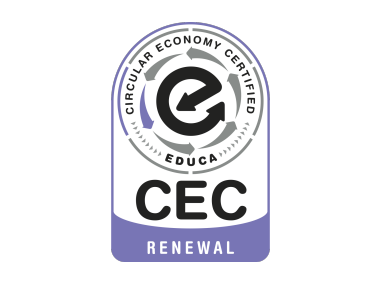Project Description
A circular economy is a production and consumption model that implies sharing, renting, reusing, repairing, renewing, and recycling existing materials and products whenever it’s possible in order to create a significant added value. Thus, the products’ life cycle can be widened.
In practice, it also implies reducing waste to the lowest possible level. If a product reaches the end of its lifespan, its materials stay within that particular economy whenever it’s possible, since they can be reused efficiently more than once, creating added value this way.
That contrasts with the traditional linear economic model based mainly on the idea of “use and discard” (also called disposability), which requires a great amount of cheap, accessible materials and energy. The European Parliament demands actions against such planned obsolescence, which is also included in this model.

